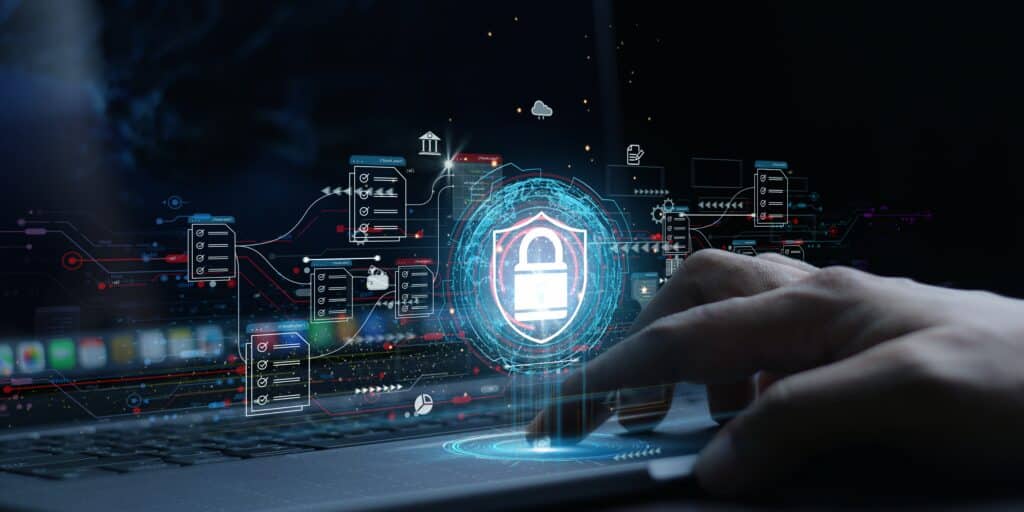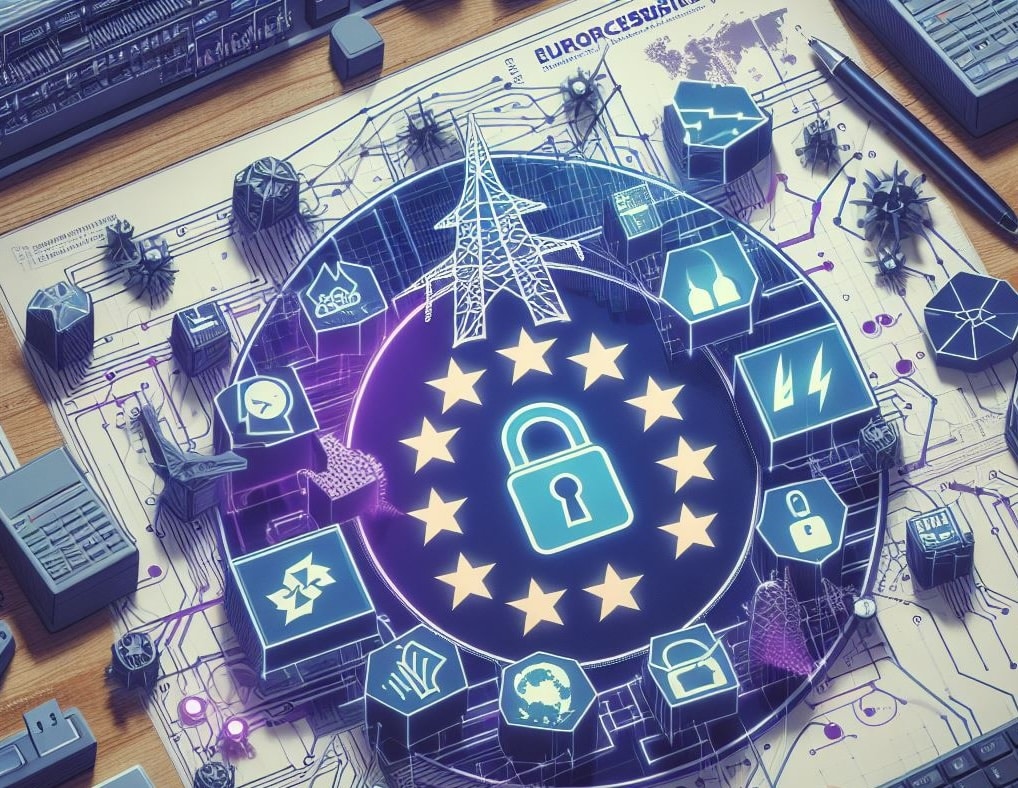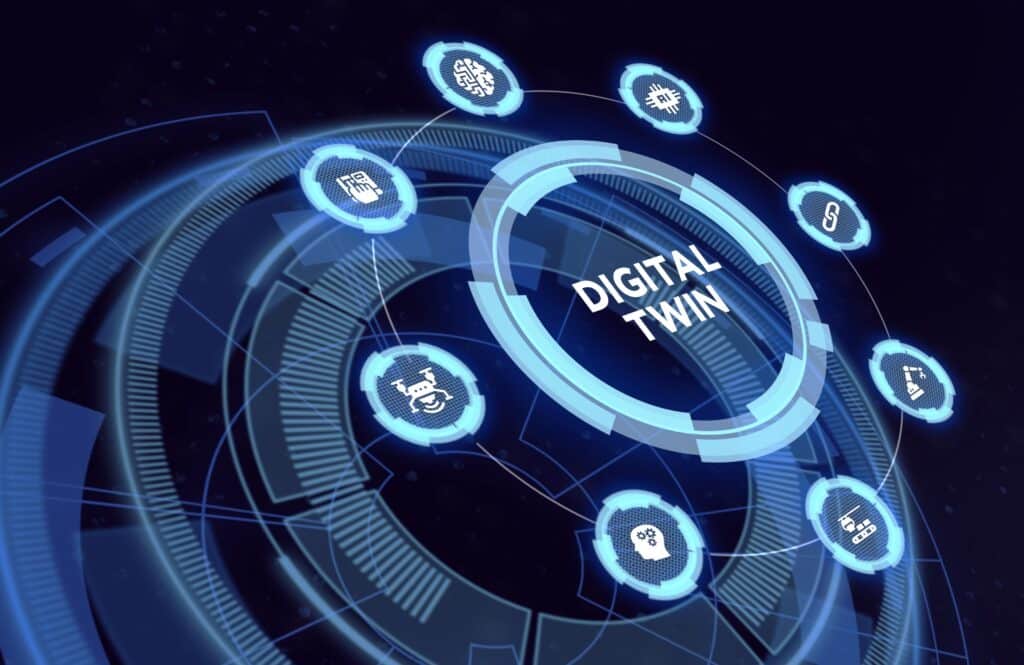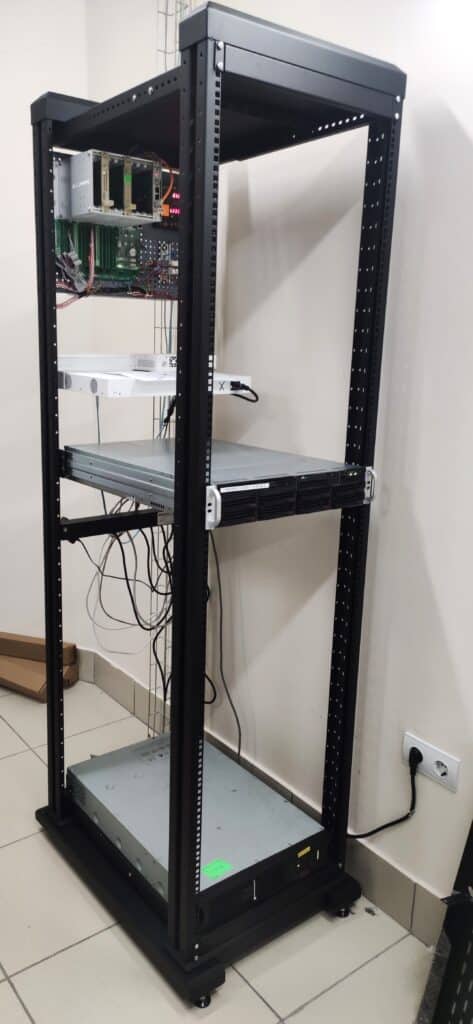
The power system is the backbone of the economy, with every sector reliant on a stable supply of electricity. Any disruption can significantly impact essential services such as finance, communication, heating, gas, and water supply. With the proliferation of digital devices and advanced communication systems, the threat landscape for power grids has expanded, posing increased risks of cyber-attacks, data breaches, and other security challenges.
As one of the leading Distribution System Operator (DSO), effort partner, JSC “Prykarpattyaoblenergo” recognizes the critical importance of cybersecurity. This is why they are actively participating in the eFORT project, funded by the European Union, to enhance the resilience and reliability of power grids against cyber threats, physical failures, and data protection issues.
Their commitment to innovation and security is demonstrated by their extensive infrastructure: over 26,000 kilometres of power transmission lines, more than 6,700 transformer substations, and the transmission of approximately 2.7 billion kilowatt-hours of electricity annually across nearly 14,000 square kilometres. With a dedicated team of over 3,000 employees, they ensure the provision of reliable power to homes and businesses in the Ivano-Frankivsk region of Ukraine.
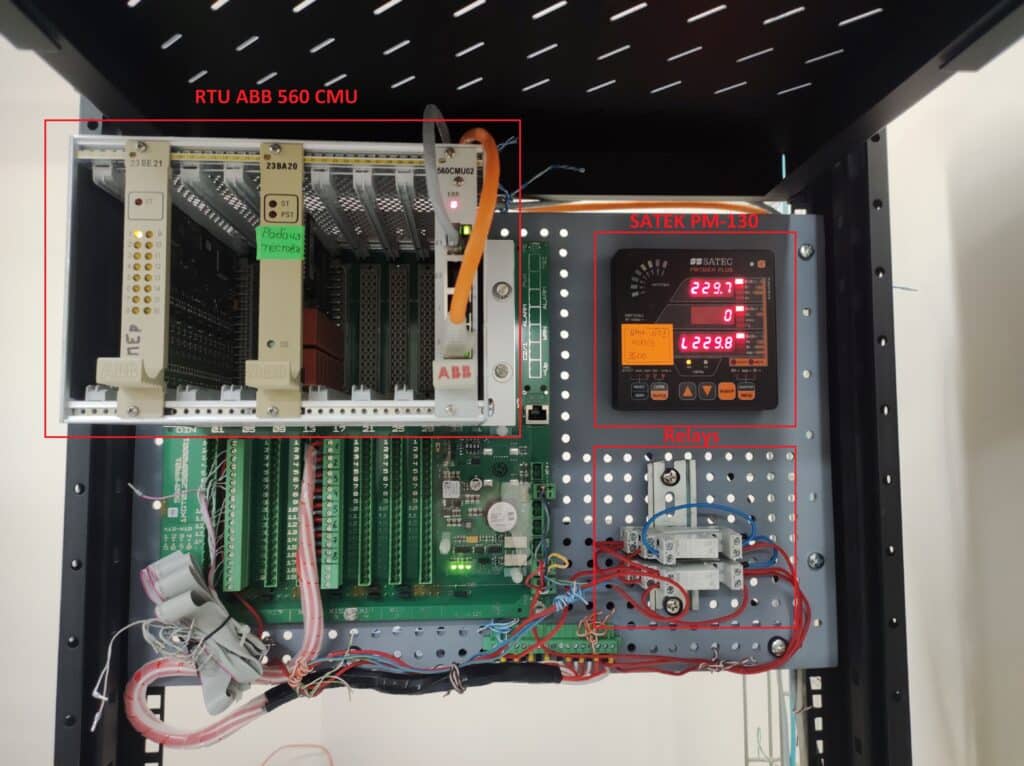
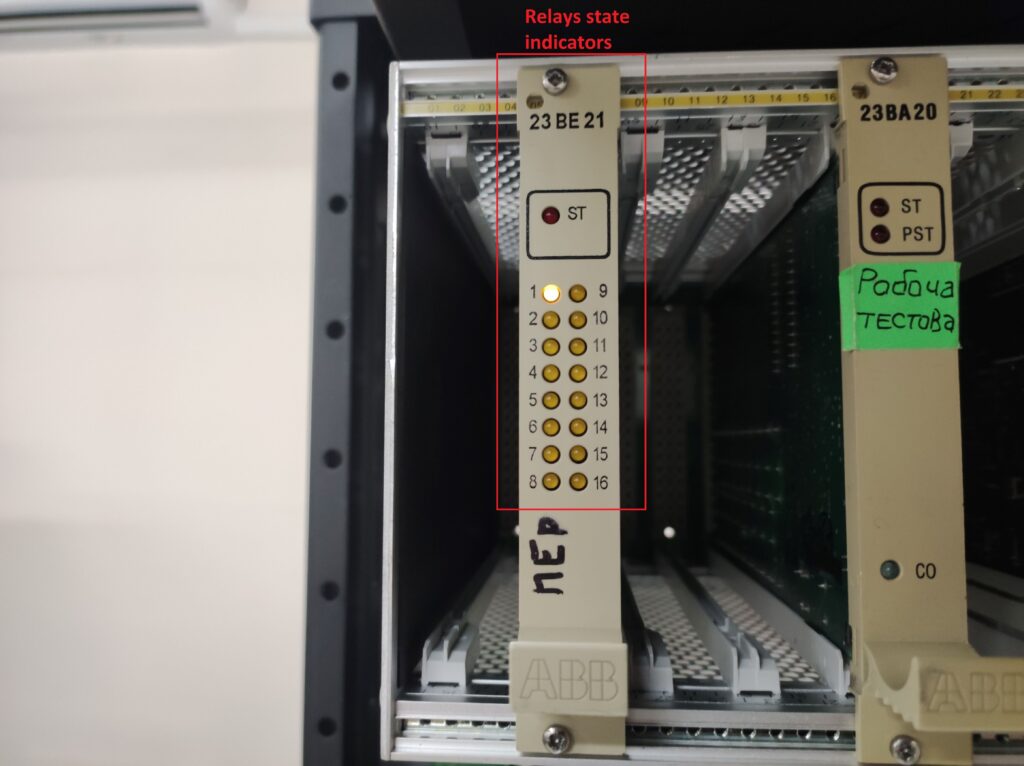
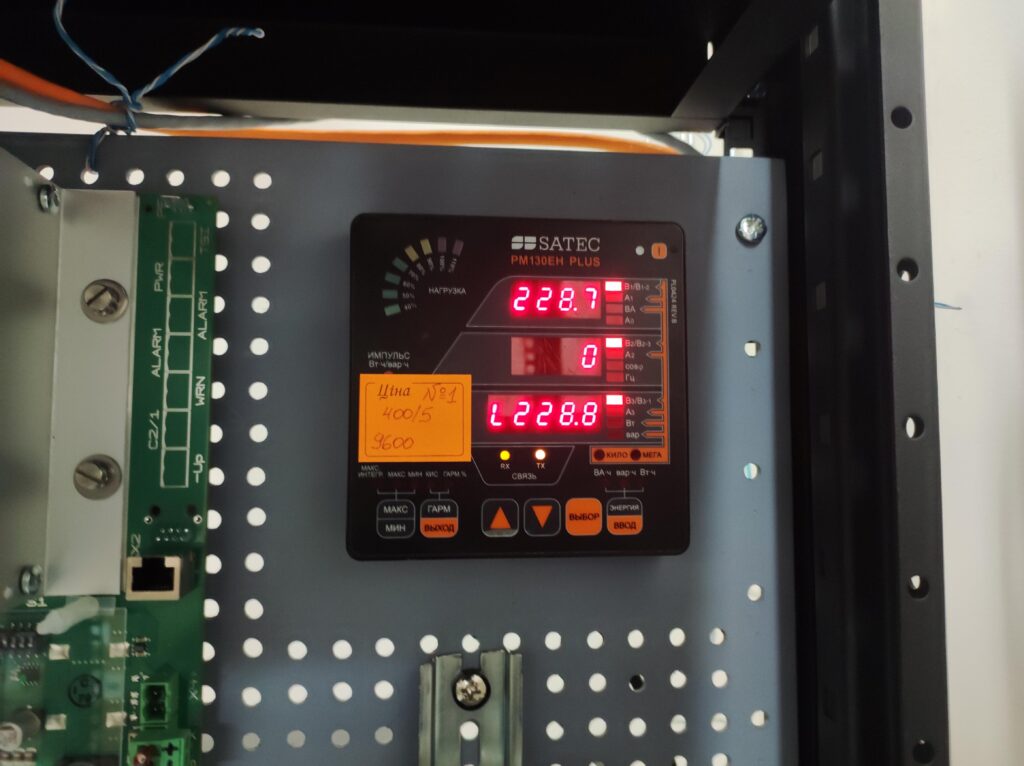
Detailing of certain equipment of the test stand
The eFORT project aims to develop technological solutions for detecting, preventing, and mitigating risks and vulnerabilities within power systems. JSC “Prykarpattyaoblenergo” plays a pivotal role as a demonstration site for testing a cutting-edge software/hardware solution designed to encrypt data exchange between high-voltage substations and the grid operator. This includes the Secure Box, which will be tested in a laboratory setting that mimics the operational environment of our high-voltage substations. The testing encompasses both state-of-the-art equipment provided by Schneider Electric and older, yet widely used, equipment in Ukraine’s power grids.
Currently, the DSO is focused on creating and configuring the test bench to emulate the entire substation control chain—from the grid dispatcher’s computer with an active SCADA scheme to the high-voltage switch at the substation. The primary focus is on the command transmission link from the central dispatch centre to the remote substation, where the Secure Box will be installed and tested.
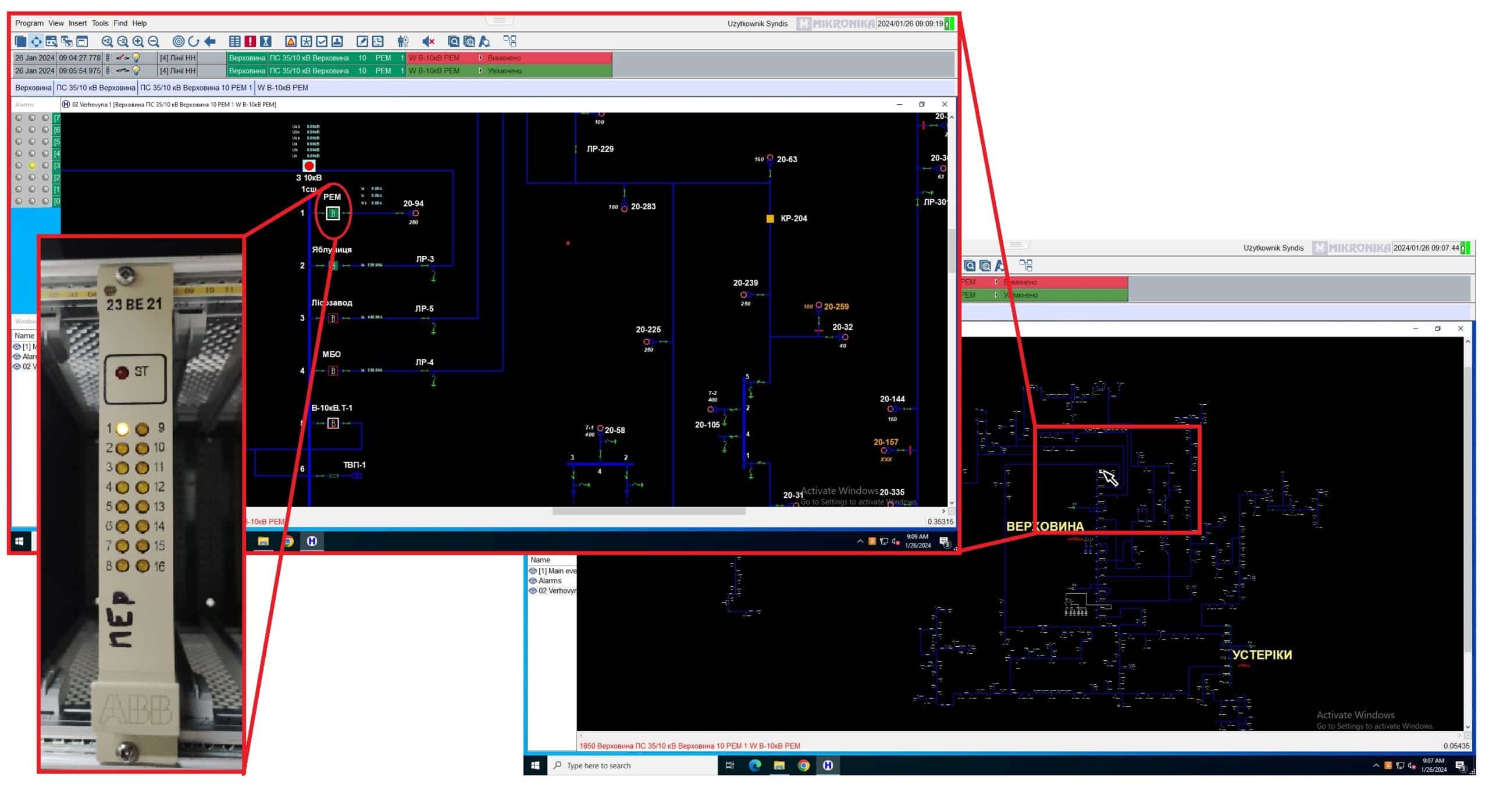
Another significant aspect of JSC “Prykarpattyaoblenergo ‘s involvement in the eFORT project is the development of enhanced security designs for high-voltage substations using BIM technology. In collaboration with iSolutions, they conducted a comprehensive three-dimensional scan of the Iltsi Substation 110/35/10kV, generating a highly detailed point cloud. Based on this data, CIRCE will create a detailed 3D model of the substation to showcase the benefits of the latest BIM methodology in improving substation security design.
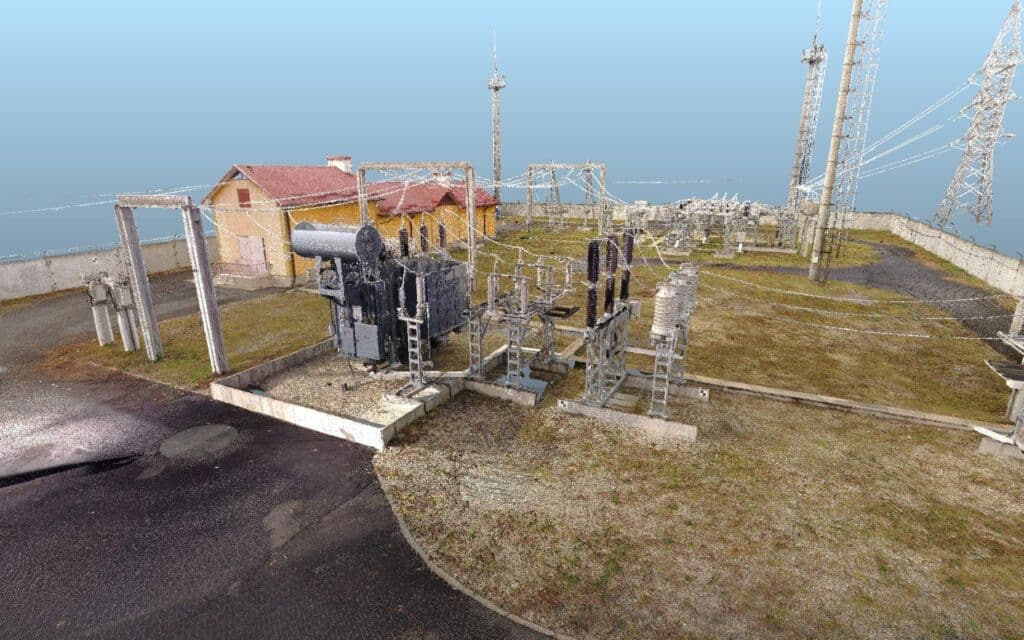

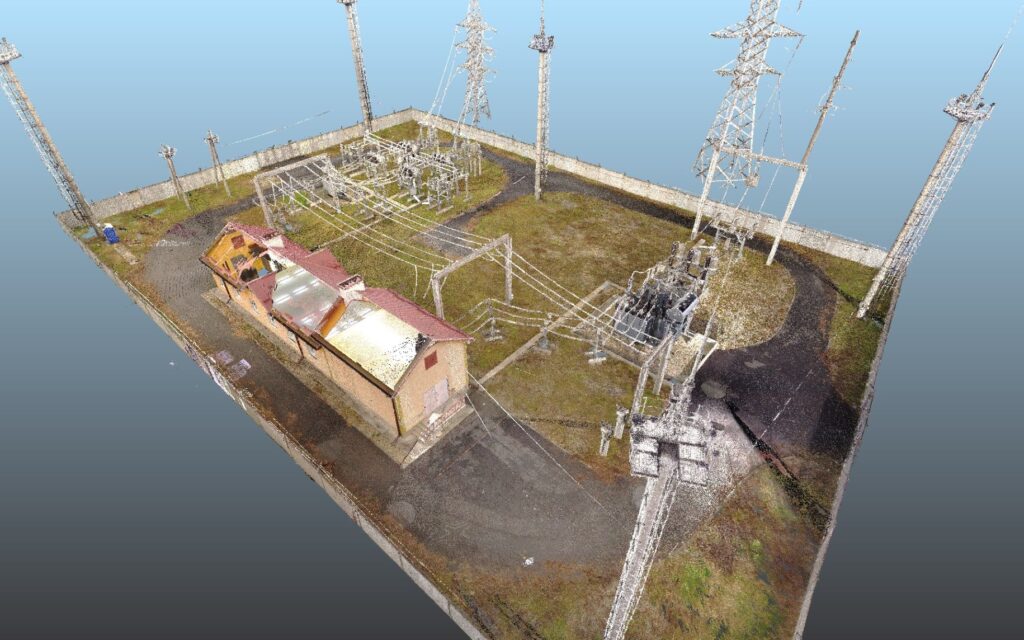
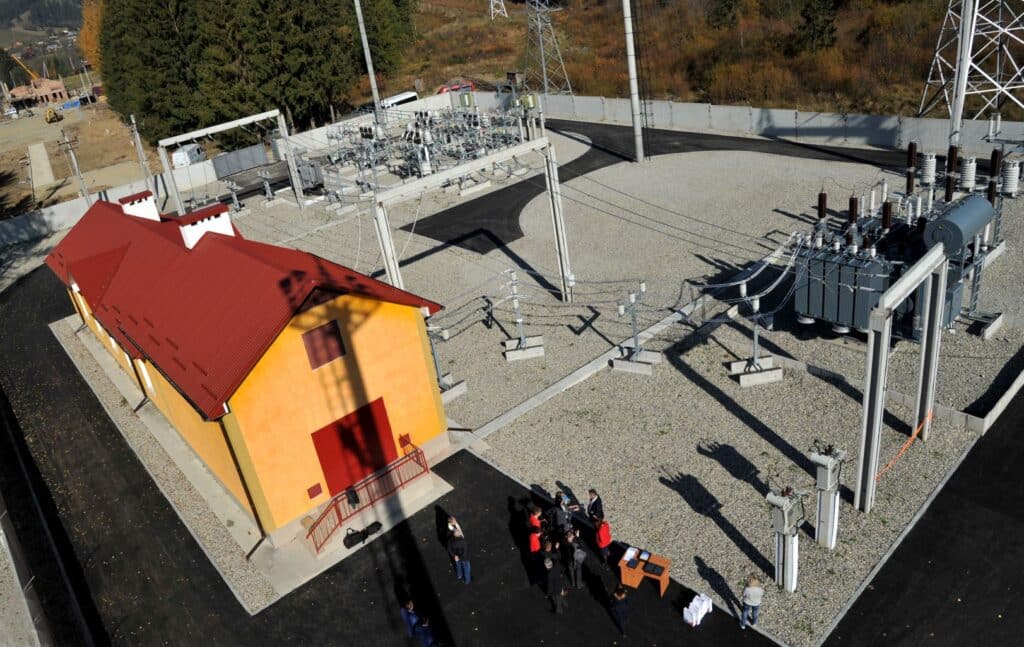
In today’s world, JSC “Prykarpattyaoblenergo” is acutely aware of the severe threats posed by attacks on power grid management systems, which can result in significant financial losses and even human casualties. Their active participation in the eFORT project not only contributes to the advancement of critical infrastructure protection technologies but also strengthens the resilience of energy companies against future cyber challenges. This initiative allows DSO to gain valuable experience from the European Union in critical infrastructure protection, reinforcing our commitment to safeguarding the power grid.
Through these efforts, JSC “Prykarpattyaoblenergo” is at the forefront of enhancing cybersecurity in the power sector, ensuring a more secure and reliable power supply for the future.
Contact us
Follow us on:



